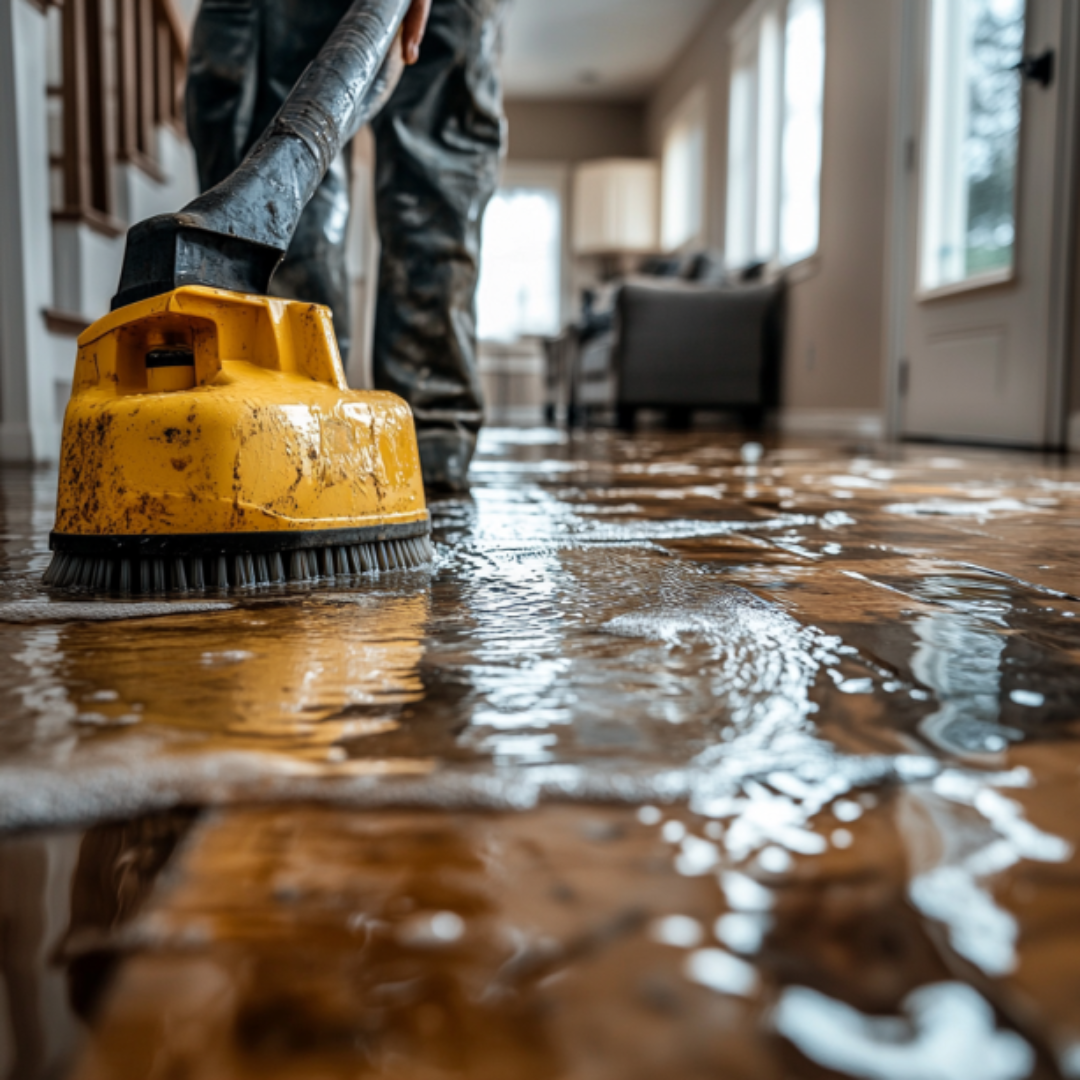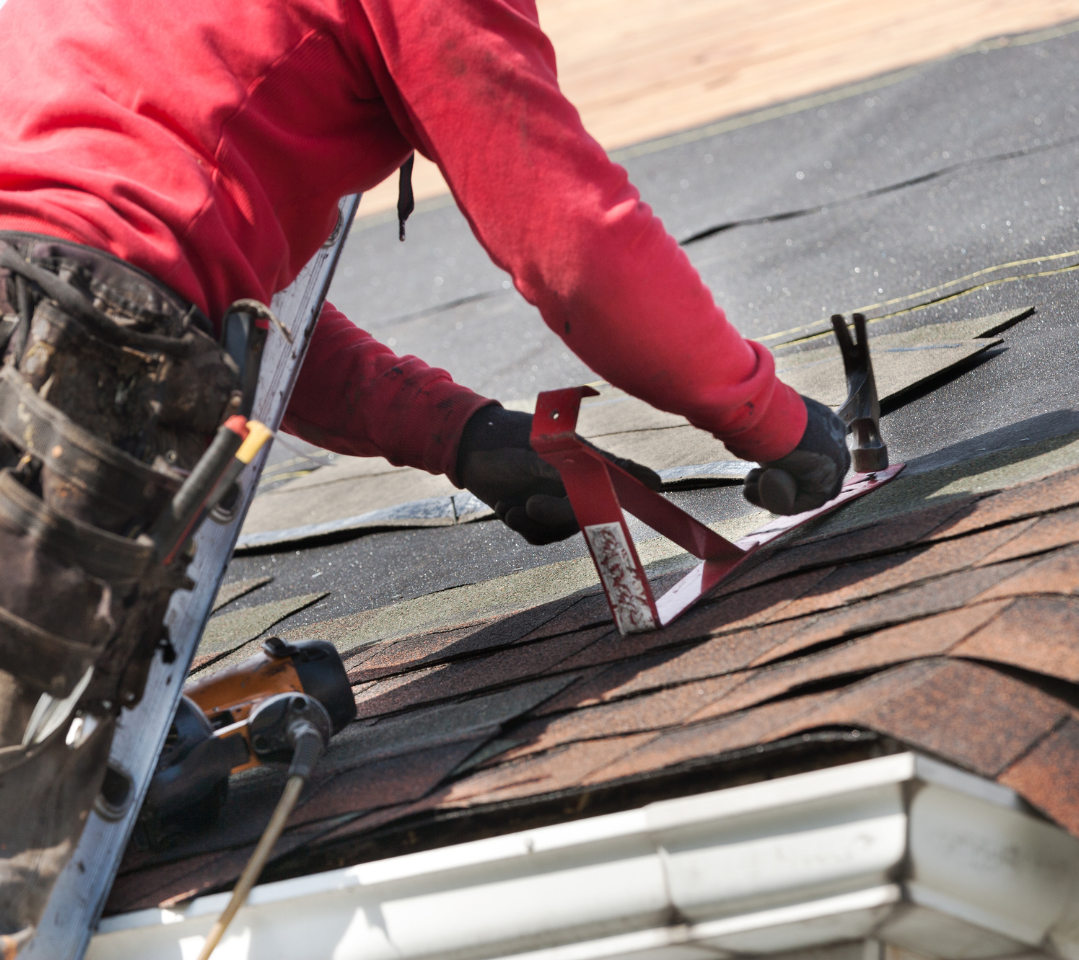Water Damage Restoration: Save Your Home NowWater Damage Restoration: Save Your Home Now

The Hidden Dangers of Water Damage
Water can be a silent destroyer. One moment, everything seems fine, and the next, you’re dealing with soaked carpets, water-stained walls, and a musty smell that won’t go away. Whether it’s a burst pipe, a leaking roof, or a surprise flood, water damage doesn’t just ruin your belongings—it threatens the very structure of your home. It’s important to act fast when dealing with water damage, which is why finding a
can help minimize the destruction and cost.
Water Damage Restoration is not just about drying things up. It’s about acting fast to prevent mold, decay, and costly repairs. Ignoring water damage can lead to major issues like:
- Weakened Foundations – Water can seep into walls, weakening your home’s structure.
- Mold and Mildew – These can spread within 24 hours, affecting indoor air quality.
- Electrical Hazards – Water and electricity don’t mix, creating fire risks.
- Ruined Valuables – Furniture, electronics, and sentimental items may be permanently damaged.
This is why fast and effective Water Damage Restoration is the key to saving your home. Let’s break down what you need to do when disaster strikes.
Step-by-Step Guide: What to Do When Water Damage Happens
Water damage can feel overwhelming, but taking the right steps can reduce destruction and cut repair costs. Follow this simple process to protect your home and belongings.
1. Stop the Water Source Immediately
- Shut off the main water valve if the damage is due to a burst pipe.
- If it’s a roof leak, use buckets or tarps to minimize damage.
- In case of natural flooding, wait until it’s safe to enter your home.
2. Ensure Your Safety
- Avoid contact with standing water—it could be contaminated.
- Turn off electricity if water is near outlets or appliances.
- Wear protective gear like gloves and waterproof boots when entering flooded areas.
3. Call a Professional Water Damage Restoration Team
Water damage can worsen within hours. Professionals have specialized tools to remove moisture, prevent mold, and restore your home properly. The sooner you call, the better.
4. Remove Excess Water
- Use mops, towels, or wet vacuums to soak up as much water as possible.
- Open windows and doors for better airflow.
- Use fans and dehumidifiers to speed up drying.
5. Save What You Can
- Move valuable items to a dry area.
- Remove rugs, curtains, and upholstery to prevent mold growth.
- If any documents or photos are wet, freeze them to prevent deterioration.
6. Document the Damage for Insurance Claims
- Take clear photos and videos of affected areas.
- Make a list of damaged items with estimated values.
- Contact your insurance provider to report the damage as soon as possible.
If you’re facing unexpected flooding, understanding the
process can save you time, money, and stress.
Why You Should Never Delay Water Damage Restoration
Delaying Water Damage Restoration can cost you thousands of dollars in the long run. Here’s what happens when water sits for too long:
- Within 24 Hours – Mold starts growing, wood swells, and drywall weakens.
- Within a Week – Structural damage worsens, and the air becomes filled with harmful bacteria.
- After a Month – The home’s foundation can deteriorate, leading to expensive reconstruction.
By acting quickly, you can prevent a minor leak from turning into a major disaster. To protect your home from future disasters, knowing how to handle
common causes of household water damage
is essential for every homeowner.
How to Choose the Right Water Damage Restoration Service
Not all restoration companies are the same. Choosing the right team can make a huge difference in how well your home is restored. Look for a company that offers:
- 24/7 Emergency Services – Water damage doesn’t wait, and neither should your restoration team.
- Certified Technicians – Make sure they have IICRC (Institute of Inspection, Cleaning and Restoration Certification).
- Fast Response Time – The longer you wait, the worse the damage gets.
- Comprehensive Services – A good company handles everything from water extraction to repairs.
- Good Reviews and Reputation – Check customer testimonials before making a decision.
Water Damage Prevention Tips
While you can’t control nature, you can take steps to prevent water damage inside your home.
Regular Maintenance Checklist
- Inspect pipes for leaks at least once a year.
- Keep gutters clean to prevent roof damage.
- Install a sump pump in basements prone to flooding.
- Seal windows and doors properly to keep out moisture.
- Monitor water bills for unexpected spikes, which could indicate hidden leaks.
By following these tips, you can reduce the risk of needing Water Damage Restoration in the future.
FAQs About Water Damage Restoration
1. How long does Water Damage Restoration take?
It depends on the severity of the damage. Minor issues can be fixed in a few days, while major flooding may take weeks.
2. Can I handle water damage cleanup myself?
Small spills are manageable, but serious water damage needs professional attention to prevent mold and structural issues.
3. Will insurance cover Water Damage Restoration?
Many policies cover sudden water damage (like a burst pipe), but not gradual leaks. Always check your policy for details.
4. How do professionals remove water from my home?
They use industrial-grade pumps, dehumidifiers, and air movers to dry out the area quickly and prevent further damage.
5. What are the signs of hidden water damage?
Look for water stains, peeling paint, musty odors, warped floors, or unexplained mold growth.
Final Thoughts: Act Fast to Protect Your Home
Water damage is more than an inconvenience—it’s a serious threat to your home’s safety and value. Quick action and professional Water Damage Restoration services can make all the difference.
When disaster strikes, don’t wait. Protect your home, your health, and your peace of mind by calling experts who can restore your space before it’s too late.
